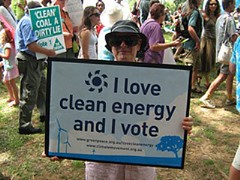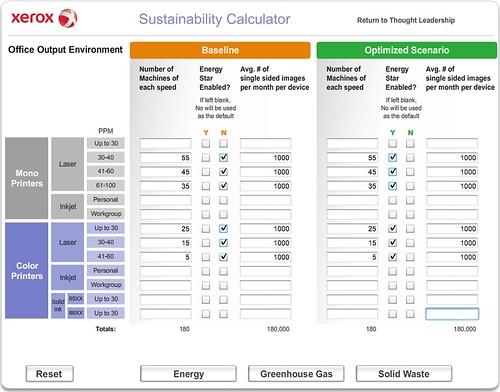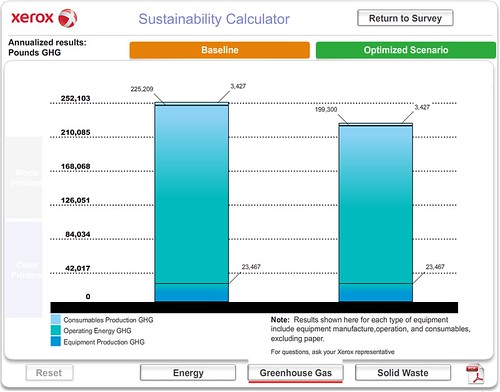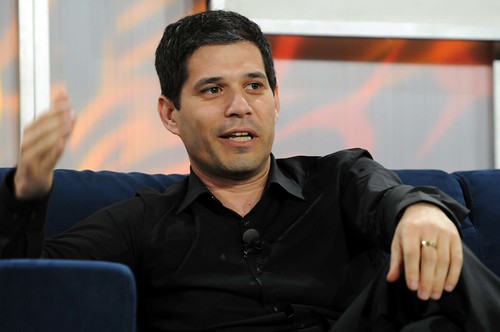
SAP is doing some interesting work around environmental sustainability, working on issues such as carbon accounting and environmental monitoring and compliance. For now SAP is working with partners such as OSIsoft and Technidata to help flesh out its offerings.
But in keynote land environmental sustainability doesn’t seem to have become a top bullet point item (which is a bit surprising given SAP is a European company). My ears had pricked up when SAP co-CEO Henning Kagermann started talking about rising travel costs in his pitch yesterday. So what business process innovation did SAP suggest, based on integration of its Business Objects and ERP software? To establish a new business process to find and pre-qualify new transport suppliers… That’s what SAP came up with for risk management in an environment where we ‘re entering the era of the $200 over a barrel innovation challenge?
So much for energy demand management. I think we’ll tag that “could do better”. I appreciate this was just a simple demo in a keynote, but if SAP wants to be seen as innovative, and enabling business process breakthroughs, it would have been nice to see the company provide an approach that would help customers reduce their travel bill by reducing their travel, rather than just trying to get the cheapest supplier. Maybe I am just being grumpy, like Eddy, who yesterday asked whether from an environmental perspective we should be going to conferences at all.
In this morning’s keynote SAP’s other co-CEO Leo Apotheker also talked to rising energy prices, but kept banging the Flat Earth drum. In my opinion the Earth was Flat for about five minutes, until Friedman was proved wrong by rising energy prices. Kind of like the End of History seemed right for about a year or so…
Ending on a positive note I am going to try and join a session here at Sapphire 2008 later about Reducing Carbon Emissions using wind power, on which more later. In the meantime check out this cool job, working as an SAP admin at a windfarm. Want to feel good about your employer? How about this for environmental impacts (or lack of them):
| • No Air Pollution |
| • No Water Pollution |
| • No Global Warming Pollution |
| • No Waste |
| • No Fuel usage verse mining or drilling |
| • No Water use |
SAP is a client. They paid my travel and expenses. I flew to Berlin. I wish firms would more events in Brussels or Paris so we could travel from London by train.
Photo courtesy of SAP press office.










